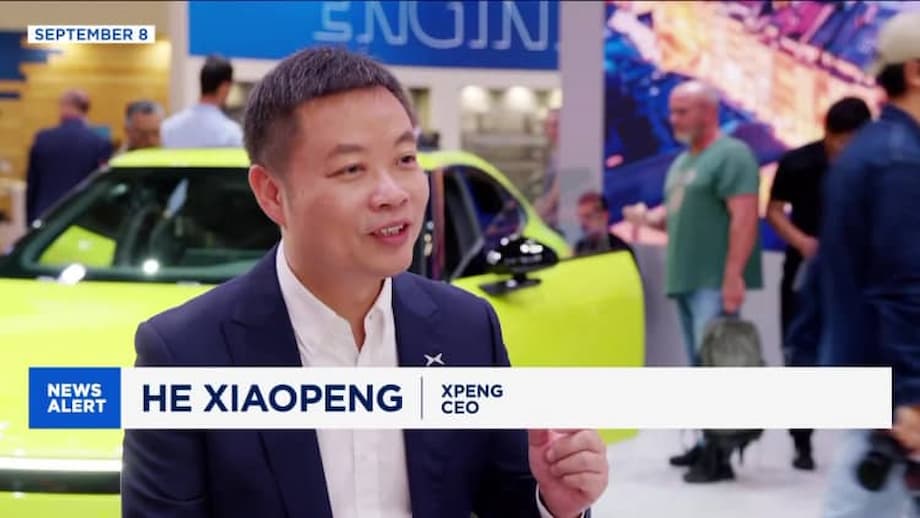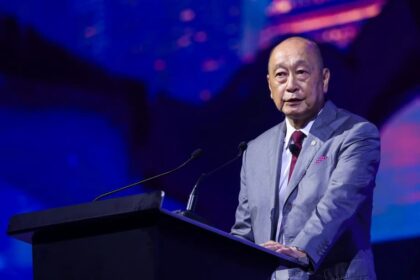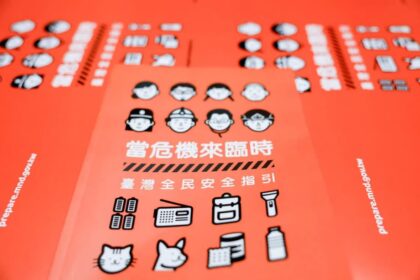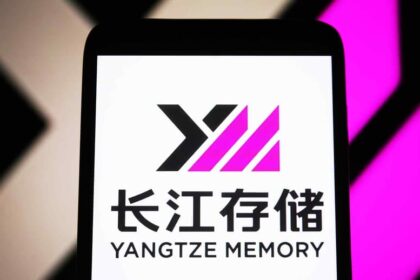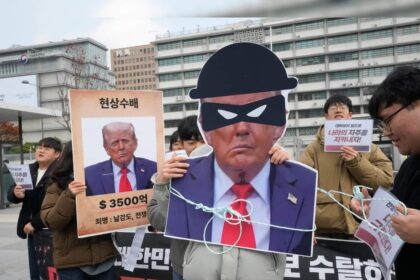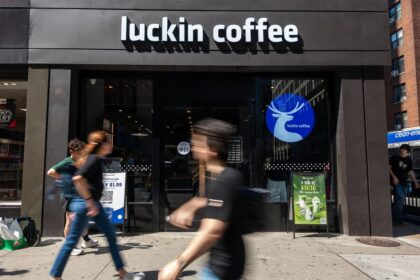Xpeng bets on Mona to break into more markets
Xpeng plans to take its most affordable lineup, Mona, to Europe in the coming year, then scale that rollout to more regions in 2026. The move puts one of China’s fastest growing electric car makers squarely into a global race where Chinese brands are gaining ground and established automakers are defending their turf. The company’s chairman and CEO He Xiaopeng said the expansion is moving faster than expected and he is open to acquisitions to build scale. For buyers, the headline is simple. Mona models aim to deliver modern features at a low entry price, a combination that has resonated at home and could find traction in markets where consumers want electric cars without luxury pricing.
- Xpeng bets on Mona to break into more markets
- What the Mona lineup offers
- Europe is first, tariffs and localization will shape the rollout
- Pricing, batteries and the search for scale
- Rivals and the China price war
- Software and AI ambitions behind the hardware
- What European buyers should expect
- What to Know
The Mona nameplate is already a volume driver in China. The debut model, the Mona M03, is a compact electric coupe that launched in August 2024 with a starting price of 119,800 yuan, which is roughly 16,800 dollars at recent exchange rates. That price is about half the cost of a Tesla Model 3 in China, and it positions Xpeng to go after value conscious buyers. Xpeng expects Mona models to be cheaper than its P7 sedan and G6 crossover, which sit higher in the brand’s range. The company began selling cars overseas in 2020 in Norway and now has a footprint across Europe. Executives say Xpeng reached its goal of being present in 60 countries and regions by the end of 2025 ahead of schedule.
The European beachhead matters because the continent is already a battleground for electric cars. Chinese brands such as BYD have gained share, legacy European brands including Mercedes, BMW and Volkswagen are launching new electric models, and Tesla has seen softer sales in parts of the region. Xpeng used the IAA Mobility show in Munich to present an updated P7 for Europe and to advance brand recognition. The company is also opening its first European research and development center in Munich, its ninth worldwide, to tailor features to local expectations and regulations.
What the Mona lineup offers
Mona is Xpeng’s push into the mass market, aimed at buyers who want modern tech, active safety and a usable driving range at a lower price. In China, the M03 quickly became a best seller for the company and now accounts for a large share of monthly deliveries. The car’s proportions and hatchback coupe profile put it up against mainstream compact EVs in Europe. The focus is value. Base versions target a price bracket that undercuts many Western rivals while offering features that feel familiar to smartphone centric drivers, such as large infotainment screens, voice controls and over the air software updates.
Xpeng expanded the lineup with the Mona M03 Max, launched in May with a starting price of 129,800 yuan. The M03 Max includes advanced driver assistance as standard, with functions that in scope are comparable to Tesla’s Full Self Driving package as sold in some markets in terms of on road guidance and automated lane changes. Xpeng says it plans a variety of additional Mona products for 2026 across China, Europe and more regions. Expect the same value formula with different body styles to appeal to family buyers and city commuters.
From a Didi project to an Xpeng badge
Mona’s roots trace back to Xpeng’s 2023 acquisition of the electric vehicle development business of Didi Global. The project was initially discussed as a standalone brand, then became a named lineup within Xpeng. That shift brought Didi’s engineering work into Xpeng’s manufacturing and software ecosystem, compressing development timelines. It also gave Xpeng a platform to build a family of lower priced models with shared components, a strategy used across the car industry to control costs and speed up launches.
Europe is first, tariffs and localization will shape the rollout
Europe is central to Xpeng’s next phase, but the company must navigate a complex trade environment. The European Union has imposed tariffs on Chinese made electric cars, with rates that can reach the mid 30 percent range depending on the manufacturer. Xpeng has said it is studying local manufacturing in Europe, which would reduce tariff exposure and shipping costs, although no timeline has been announced. The new R&D center in Munich signals an effort to localize features, tune driver assistance to Europe’s road rules, and meet consumer expectations on ride quality, safety ratings and software usability.
He Xiaopeng, Xpeng’s chairman and CEO, framed the 2026 target as a broad launch of different Mona models across regions, highlighting product maturity as a selling point.
In 2026 you can expect a variety of Mona products launched into the Chinese and European markets, as well as in rest of the world. I believe by then, what we launch will be very proven and very excellent vehicles.
The message is that Xpeng does not want to enter Europe with an experimental product. The company is presenting Mona as a completed package with pricing power and technology that meets daily needs, not a beta test on public roads. Brand building will take time, which is one reason to lead with value and recognizable features.
Pricing, batteries and the search for scale
Keeping prices low in Europe will depend on more than headline sticker numbers. Battery costs are the single largest expense in most electric cars, and Chinese brands benefit from tight integration with cell suppliers and a domestic supply chain that has scaled quickly. Xpeng has pushed cost reductions in its motor, charging and control systems and it builds vehicles in multiple plants in China. Local assembly in Europe, even through a partner, would help offset tariffs and logistics costs while making it easier to source components that must be certified within the region.
Affordable EVs also carry a risk. If the price comes down too far without sufficient scale, margins suffer and support networks can be stretched thin. Xpeng’s approach is to base Mona on shared architectures and to ship software updates that add features over time. That reduces the need for frequent costly hardware changes and fits a customer experience that mirrors the smartphone model, where new features appear after purchase. The company’s Munich engineering center will help adapt charging standards, driver assistance behavior and infotainment features to country specific rules and languages.
Rivals and the China price war
Xpeng’s push abroad comes as competition in China remains intense. A rolling price war has pulled transaction prices lower and compressed profits. Chinese regulators have asked carmakers to rein in what they call excessive competition, a phenomenon often described domestically as neijuan, which refers to a cycle of ever greater effort for diminishing returns. The message is that not every brand will make it, and that consolidation is coming.
He Xiaopeng has warned that only a handful of Chinese carmakers will survive the next few years, and he has kept the door open to acquisitions after Xpeng bought Didi’s EV development business in 2023. In interviews he said the company will consider acquiring manufacturing or EV companies if the right opportunity arises, a route that could add capacity, technology or local licenses in strategic markets.
He Xiaopeng said the company is open to acquisitions. If we have the opportunity then we want to acquire some companies. Manufacturing companies, EV companies are always possible.
Deals are not guaranteed, but the posture suggests Xpeng will use both organic growth and selective purchases to expand. If tariffs steer production decisions, acquiring a facility or a local brand in Europe could speed up localization and improve brand familiarity with buyers who may be new to Chinese carmakers.
Software and AI ambitions behind the hardware
Xpeng’s strategy is not just price and sheet metal. The company has built its reputation on advanced driver assistance and smart cockpit features. In China, its XNGP system performs lane changes, ramp navigation and city driving support on mapped roads. With Mona, the aim is to push these features to lower price points. The Mona M03 Max includes driver assistance functions as standard that rival more expensive options in competing brands. For many buyers, the value proposition mixes a usable range, strong infotainment and safety features that work out of the box.
Under the hood, Xpeng is investing in its own AI stack. The company has described work on a large scale foundation model for driver assistance and on a custom Turing AI chip, with mass production plans tied to 2025. Management has also highlighted a plan to bring humanoid robots to mass production in 2026 and to grow assisted driving features across markets. Ambitions such as Level 3 or even Level 4 autonomy will rely on regulation, mapping and proving safety at scale, which vary country by country.
For readers tracking jargon, today’s retail systems are mostly Level 2 by international standards, which means the driver must stay engaged and responsible while the car assists with steering, acceleration and braking. Level 3 allows the car to handle driving in certain conditions while the human is on standby to take over. Moving beyond that requires far deeper validation and legal frameworks. Europe’s patchwork of rules means features often roll out in stages with country approvals and careful geofencing.
What European buyers should expect
For customers, the early Mona launch in Europe will likely look like a staged rollout. Expect initial availability in a handful of countries where sales partners, charging compatibility and service support are ready. Xpeng has used a mix of direct sales and dealers in Europe and will need to expand service centers, parts logistics and roadside assistance to support a growing fleet. Over the air updates should keep infotainment and driver assistance current, while the Munich R&D team tunes software to local languages, signs and speed rules.
Brand familiarity remains a challenge for any newcomer. Xpeng is using auto shows, such as IAA Mobility in Munich, to showcase its range to European audiences, including the upgraded P7, the G9 SUV and the P7+ sedan. A visible presence helps buyers compare vehicles side by side with European rivals. The value story will do the heavy lifting, but crash test ratings, warranty terms and ownership costs will shape decisions. If Xpeng moves to assemble cars in Europe, that could further ease tariff pressure and answer questions some buyers have about local support.
What to Know
- Xpeng will introduce Mona models in Europe next year and targets a broader global rollout in 2026.
- Mona is the company’s lower priced lineup, led by the M03 compact electric coupe that starts at about 119,800 yuan in China.
- He Xiaopeng says the expansion is moving faster than expected and that Xpeng is open to acquisitions after buying Didi’s EV development unit in 2023.
- EU tariffs on Chinese built EVs, which can reach the mid 30 percent range, are pushing Xpeng to consider European manufacturing, though no timeline is set.
- Xpeng opened a European R&D center in Munich to localize features, a step that complements its presence in dozens of markets.
- The M03 Max variant includes advanced driver assistance as standard, part of a push to deliver more tech at lower prices.
- Competition is intensifying in China and Europe as BYD, Tesla and legacy brands fight for share and regulators urge a cooling of price wars.
- Xpeng is investing in AI chips and large models for driver assistance and says it aims to expand smart driving features as it grows overseas.


